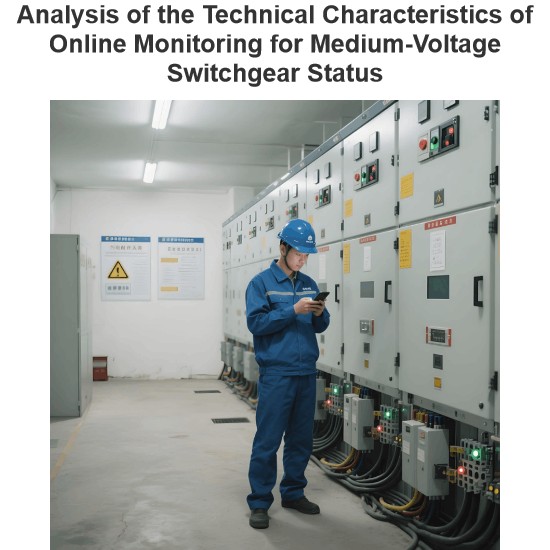What is a Mixed Media Circuit Breaker?
What is a Mixed Media Circuit Breaker?
Mixed media circuit breaker definition
Mixed-medium circuit breaker is a high-voltage circuit breaker that uses a variety of media (usually a combination of gas and solid materials) as insulation and arc extinguishing media. This type of circuit breaker is designed to combine the advantages of different media to improve the performance, reliability and environmental protection of the circuit breaker.
Working principle
The operating principle of mixed media circuit breakers is based on the comprehensive characteristics of different media. It usually combines SF6 gas, dry air, nitrogen and other gases, as well as solid insulating materials such as epoxy resin. When the circuit breaker needs to disconnect the circuit, the contacts are separated in mixed media, and the arc between the contacts is generated in these media. Because the mixed medium has good insulation strength and arc extinguishing ability, the arc is extinguished in a short time, thus cutting off the current. When the circuit needs to be closed again, the contacts re-contact and the circuit recovers.
Advantage
Efficient arc extinguishing: mixed-media circuit breakers use the characteristics of different media to provide efficient arc extinguishing capability.
Long life: The contact wear is small, with a long service life.
Environmental protection: Reduce the impact on the environment by reducing the amount of SF6 gas used.
Wide range of application: suitable for power systems from high voltage to ultra-high voltage.
Low maintenance costs: Maintenance costs are relatively low.
Apply
Substations: Used to control and protect transmission lines and transformers.
Power plant: Used to control the connection between the generator and the grid.
Industrial facilities: Used to protect large motors and electrical equipment.
Rail transit: Used to control the power supply lines of the rail transit system.
Wind and solar power plants: used to protect and control the transmission of electricity from renewable energy generation systems.
Development trend
Exploration of new media combination: To study more combinations of different arc-extinguishing media to further improve the performance of circuit breakers.
Intelligent control: Combined with advanced sensors and control technology, intelligent monitoring and control of circuit breakers can be achieved to improve the reliability and operation efficiency of equipment.
Miniaturization and lightweight: Through optimized design and the use of new materials, the mixed media circuit breaker is more compact and lightweight, easy to install and maintain.
Sum up
Mixed medium circuit breaker is an important direction of circuit breaker technology development in recent years, by combining the advantages of different media, improve the overall performance of circuit breaker, especially in response to the need for large current break, reduce energy consumption and reduce environmental pollution show significant advantages.
The Electricity Encyclopedia is dedicated to accelerating the dissemination and application of electricity knowledge and adding impetus to the development and innovation of the electricity industry.













